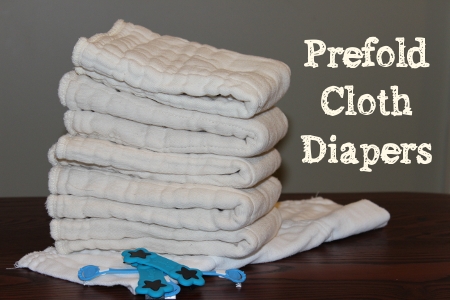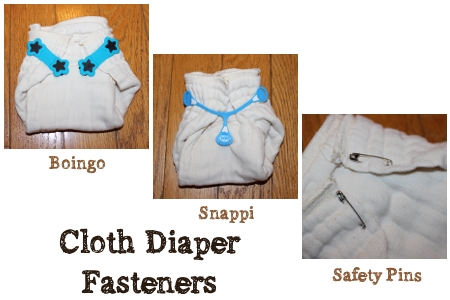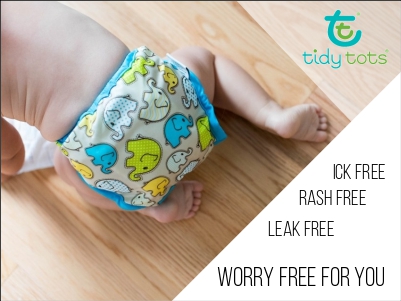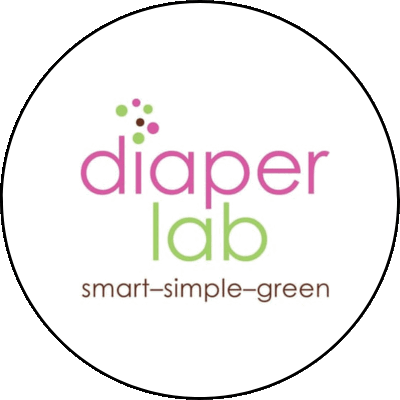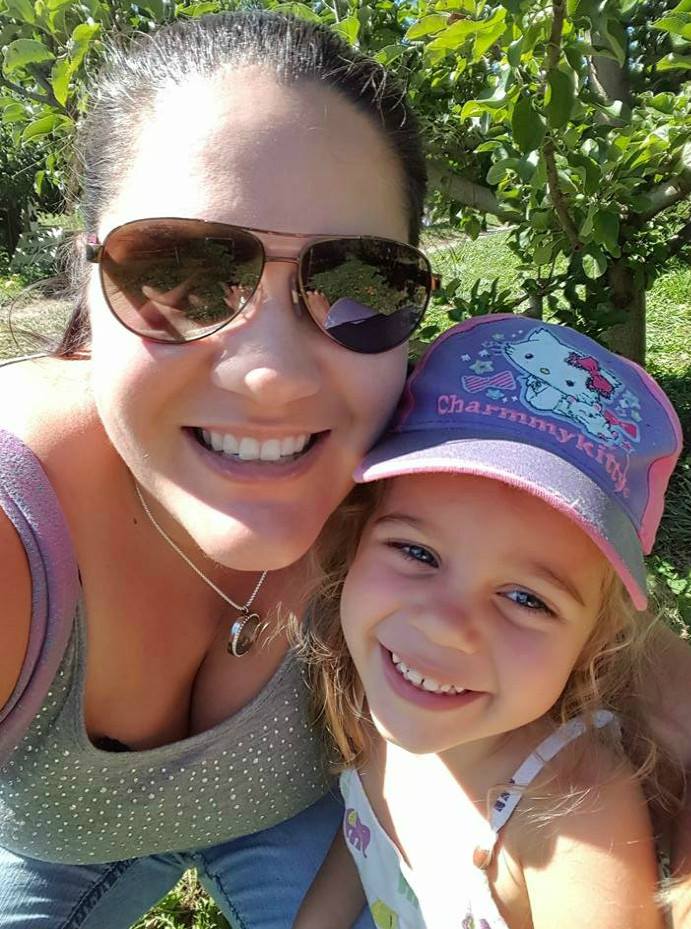Prefold Cloth Diapers: Simple & Reusable
Prefold cloth diapers are an affordable and versatile style of cloth baby diapers used by both moms and diaper service companies.
What are Prefolds?
Prefold cloth diapers are traditionally made of several layers of absorbent 100% cotton woven fabric sewn together into a rectangle with 3 length-wise sections. Some companies are now making them with hemp and other materials.
Prefolds are all-natural and very absorbent, but need a waterproof cover to complete the diapering system, since they are not water-proof on their own.
Prefolds usually come in 3 sizes:
- Newborn (4-9 lbs)
- Infant (8-15 lbs, 11x14" after shrinkage)
- Premium (15-40 lbs, 13x20" after shrinkage)
Why Use Prefold Cloth Diapers?
An Affordable and Reliable Cloth Diaper
While pocket diapers and AIO cloth diapers usually start around $15 each and continue upwards, prefolds usually cost between $2.50 and $5.00 depending on the size.
The benefits of prefolds are:
- A very affordable diapering system (roughly $2.50 to $5 per diaper for basic cotton)
- Folding can be customized for your baby's size and your fit preferences
- Very absorbent
- Long-lasting
- Can be used as an insert for pocket diapers
The cons of prefolds are:
- Require folding
- Require pins or snappy's and a cover or wrap to be waterproof
- Dads, caregivers, and grandparents may not be comfortable using them
Great for Newborns
Prefolds are a great newborn diapering solution. Not only are they absorbent, they also dry very quickly - a huge plus for harried new parents!
Since newborns go through 12 to 16 diapers per day and many one-size diaper options don't fit until later, many parents opt to use prefold cloth diapers on their newborns, especially at home!
The Go-To Back-up System
Even though I used pocket diapers initially, I found it was helpful to have a half-dozen pre-folds and a couple of wraps in the back of our change-table. When I got behind in transferring the diapers to the dryer, I always knew I had a very reliable fall-back option!
How to Use Prefold Cloth Diapers
Customize Your Cover!
Prefolds are not waterproof on their own. You'll need to purchase waterproof diaper covers or wraps. Because covers and wraps don't need to be washed with every diaper change, just when they are soiled, you won't need to purchase as many wraps or covers as you need prefold cloth diapers. Click here to read more about cloth diaper wraps and covers.
You will only need to consider cloth diaper fasteners if you purchase pull-on covers.
Cloth Diaper Fasteners
Prefold cloth diapers can be laid inside a waterproof diaper wrap. If you use a wrap, you can tri-fold them (fold them into 3rds where the seams are). With a wrap, you don't need a cloth diaper fastener to hold them together, so the sizes fit longer.
If you plan to use a wool or pull-on cover, you will need to fasten your prefolds with Snappi or Boingo diaper fasteners, or good old fashioned safety pins!
- Snappi - T-shaped diaper fastener made from a stretchable non-toxic material that replaces the diaper pin. On each end, "teeth" hook into the diaper fabric, helping secure the diaper snugly, without pins.
- Boingo - these fasteners come in packs of two. For babies under 14 lbs, you use a single fastener, and for larger babies, you use two. They have little teethlike grips on each end, and are stretched to hold the diaper in place..
- Safety Pins - just like your mom or grandma used! While everyone has horror stories about poking baby, diaper pins are still available and can be a very reliable fastener, especially if you want to let your baby go cover-free in a prefold or flat!
Buying Prefold Cloth Diapers
Quality is Important!
Not all prefold reusable cloth diapers are equal: the quality of the fabric makes a big difference in the diaper's absorbency! Diaper Service Quality prefolds (DSQ), Chinese prefolds, and Indian prefolds are much more absorbent because they are made of a higher quality cotton.
While you can buy pre-folds in most department stores (think Babies R Us and Wal-Mart), these diapers are not usually of the same quality as diaper service prefolds.
Bleached vs Unbleached
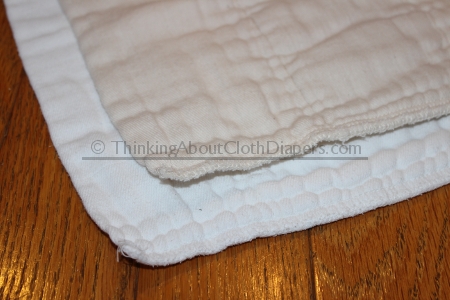
Prefold reusable cloth diapers can come in unbleached (natural) and bleached fabrics. Bleached diapers are white. While cotton is naturally a light brown color, the process of bleaching removes the natural oils found in the material and removes the natural pigments from the fabric.
Unbleached diapers are softer and more durable, and will last much longer. Bleach weakens the fabric, and also releases pollutants into the air and water.
Should I Buy Organic Cotton Prefolds?
Organic cotton prefolds are made with certified organic cotton. This means that the cotton is grown and harvested without the use of pesticides or man-made fertilizers. Organic cotton is more environmentally sustainable, but it makes the products more expensive, so if you have a tight budget for reusable cloth diapers, you will have to weigh the advantages and disadvantages!
What do all the numbers mean?
When you are buying prefolds, you will see them described by the number of layers of fabric they are made up of. Usually they are 4x8x4 (meaning 4 layers on both of the outside sections, and 8 layers in the center). When you buy new prefold reusable cloth diapers, they are usually pretty flat. They shrink and fluff up when they are washed.
Where to Buy Prefolds
Prefolds are heavy so shipping can add up!
- ClothDiaper.com, is the retail outlet for OsoCosy prefold diapers. They have some of the best prices on high quality 4x8x4 unbleached cotton prefolds that we have found.
- Amazon.com has a large selection of prefolds (but don't be tempted to buy the cheapest ones you see!) and free shipping over $25!
- In the US, Diaper Junction has a great selection, including Bummis, Econobum, Baby Kicks, GroVia and their own line of Diaper Rite prefolds
- In Canada, we like Lagoon Baby, which offers a great selection of prefolds including Bummis, Sweet Pea, Thirsties, Gro-Via, and AMP hemp
Using Prefold Cloth Diapers
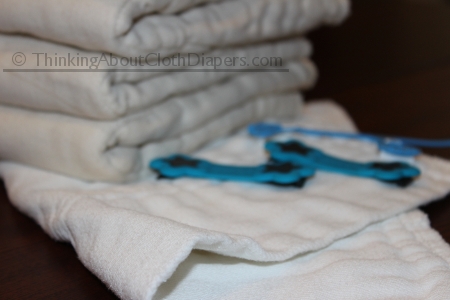
Prepping Your Prefold Diapers
As with all natural fibers, cotton fabric contains a naturally-occuring oil that repels water.
If you purchase bleached prefold diapers, the oils will already be stripped from the fabric. They do not need to be washed as many times prior to use. (The downside is that your diapers will not be as soft and they will also be less durable).
While unbleached diapers require more work, they are also far more popular, and well worth the effort since they are much softer and more durable!
For unbleached prefold diapers to be absorbent they need to be prepped before they are used to strip these oils out. Prefolds will reach their full absorbency after 6 to 8 washes in hot water, and dried on high heat. You should not use fabric softener with your diapers, since it will reduce the absorbency of the diapers.
A Stay-Dry Option
If your baby seems to mind the moisture of the prefold diaper, sometimes all it takes is a patch of fleece to take away that uncomfortable situation!
Polyester fleece, placed between baby and the prefold, has the ability to wick moisture away from your baby's bottom to the diaper, and feel dry to the touch.
Prefolds as a Cloth Diaper Insert
Prefold diapers can make an affordable insert to stuff a pocket diaper.
Popular Prefold Reusable Cloth Diapers
There are a number of companies that make high-quality prefolds. Some of the most popular ones are:
- Bummis' unbleached organic cotton prefolds - these are our favorite brand
- Imagine Bamboo Prefolds, exclusively from Nicki's Diapers
- OsoCosy unbleached Indian prefolds
- Sustainablebabyish Bamboo Terry Flats - $10-$12 each (these are called flats, but they are actually prefolds)
- Gro-Via Bamboo Prefolds - from $8 for 3, this is a great way to get the absorbency and softness of bamboo for a budget-friendly price!
Conclusion
While many moms shy away from prefolds since they aren't nearly as "modern" as many of the other cloth diapering options, their cost effectiveness combined with their reliability make them an excellent option for parents interested in cost-savings or an all-natural diapering solution - and for ANYONE interested in a simple and affordable diapering option! I really wish I had used prefolds earlier, and I might not have bought an entire stash of pockets and other "fancy" diapers!
More in Our Types of Cloth Diapers Series
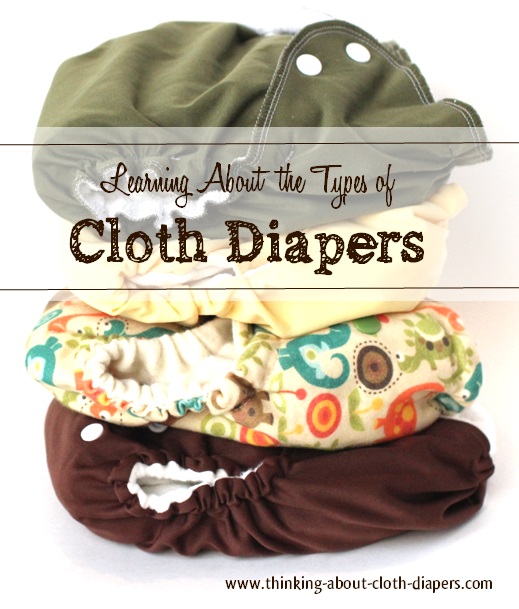 |
Fitteds |
Sponsor Love
